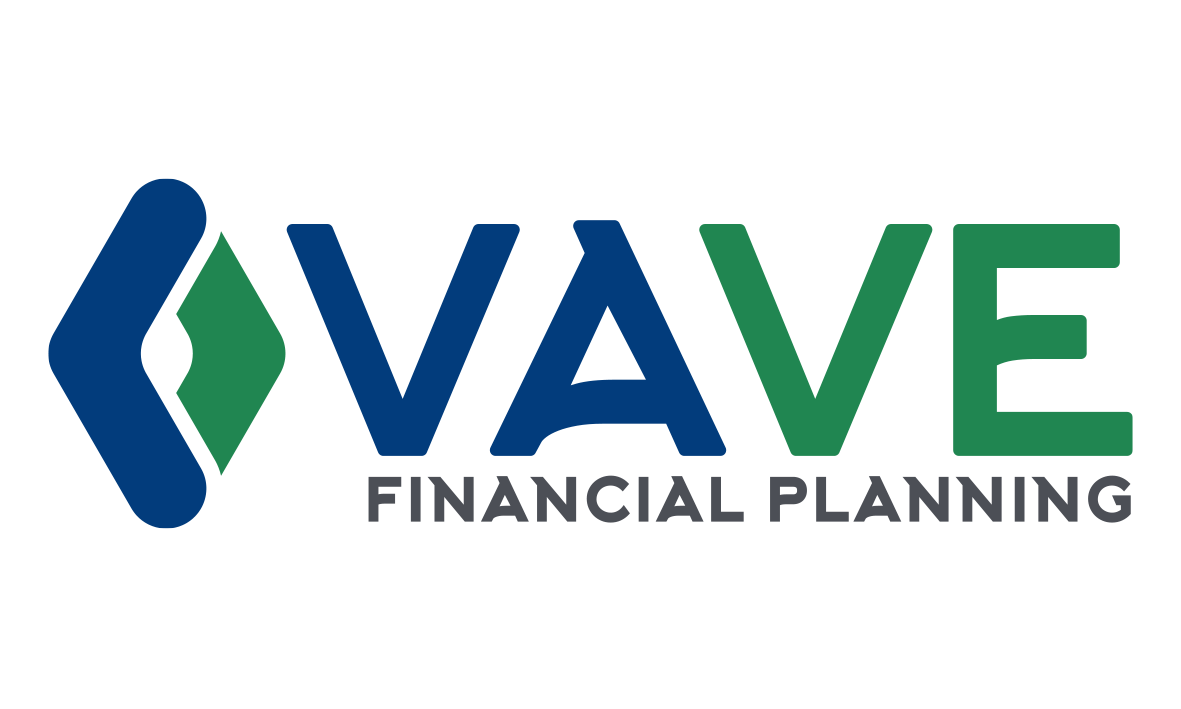Index Investing
Investing in the index is when you seek to replicate and hold a broad market index such as the S&P 500 or the S&P/TSX Composite Index. These indexes are a collection of stocks/companies. For example, the S&P 500 holds the 500 large-cap U.S. companies in proportion to their size (market cap). In index investing, you are looking to match the returns of the broad market rather than trying to beat the market.
Why should I use an index investing strategy?
You achieve market returns…which has been pretty good long term
Very few active investors can beat the index over the long term. In fact, active investors (as an aggregate) theoretically will trail the index by their fees
Costs are low - Typically 0.15% to 0.65% (compared to the average mutual fund of 2.3%)
Easy to set up and easy to maintain - much easier than researching/buying own stocks
Keeps your emotions in check - humans seem to have a way of sabotaging their own portfolio
The most important of these in my opinion is that following a low cost, passive investing strategy can help take a lot of the stress out of investing.
I recommend building a portfolio of Index ETFs (Exchange Traded Funds) that each hold a basket of stocks which tracks major indices (like the S&P 500 or TSX) at very low cost.
Here are 3 WAYS TO BUILD AN INDEX PORTFOLIO:
Option 1: Buy Index ETFs with a Discount Brokerage (~0.15% Fee)
Model Growth Portfolio
This consists of opening up a brokerage account (like Questrade or TD Waterhouse), then buying ETFs. A typical growth portfolio consists of 25% Canadian Index, 25% US Index, 25% International, and 25% Fixed income. You can re-balance regularly, maybe semi-annually.
The below ETFs are what I happen to own but you can pick and choose your own desired ETFs (iShares, BMO, and Vanguard are the largest providers in Canada).
PROS:
Low cost (fee roughly 0.15%)
Greater control over ETF selection
Can be more tax efficient if held across multiple accounts (RRSP, TFSA, Non-registered)
CONS:
Steep learning curve
Trading fees to buy and sell (~$10) - not optimal for small regular contributions
Need to keep track of asset allocation and re-balancing portfolio on your own
Option 2: Buying an All-In-One Asset Allocation ETF (0.22% Fee)
In January 2018, Vanguard released the first all-in-one asset allocation ETF. Instead of buying 4 or 5 ETFs and managing and re-balancing the portfolio yourself, you can buy one ETF which accomplishes the same thing (achieving near market returns). See below for the three Vanguard all-in-one solutions:
Horizons, BMO, and Blackrock iShares have also come up with their own all-in-one ETFs.
PROS:
No need to keep track of ETFs and re balance on your own
Fees pretty low (0.22%)
Simplified solution
CONS:
Slight learning curve with opening up discount brokerage account and implementing trades
Trading fees (~$10), not optimal for small regular contributions
Option 3: Using a Robo-advisor (~0.5% Fee + ~0.15% ETF Fee)
Robo-advisors are relatively new to Canada but are making a lot of waves in the industry as investors seek low cost solutions. Robo-advisors will take your portfolio and invest it into a pre-determined mix of index ETFs based on your goals and risk tolerance, and do all the re-balancing for you. These accounts are easy to set up and relatively low cost.
PROS:
Very easy to use
Helps you create an appropriate portfolio
Automatic re-balancing
No trading fees, ability to make smaller automatic contributions
CONS:
Higher cost than buying your own ETFs (an extra ~0.5%)
Less ability to customize ETF portfolio
If you’re unsure about how you’re currently invested and they fit in with your family finances, book a free no obligation consult with me. I also do investment portfolio reviews!

